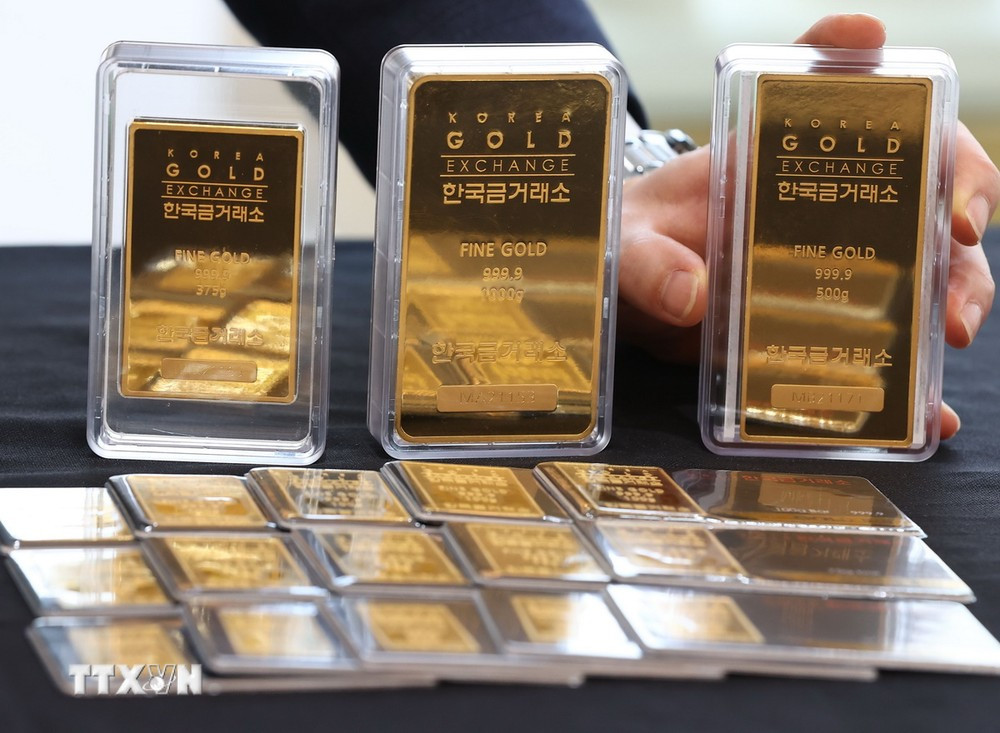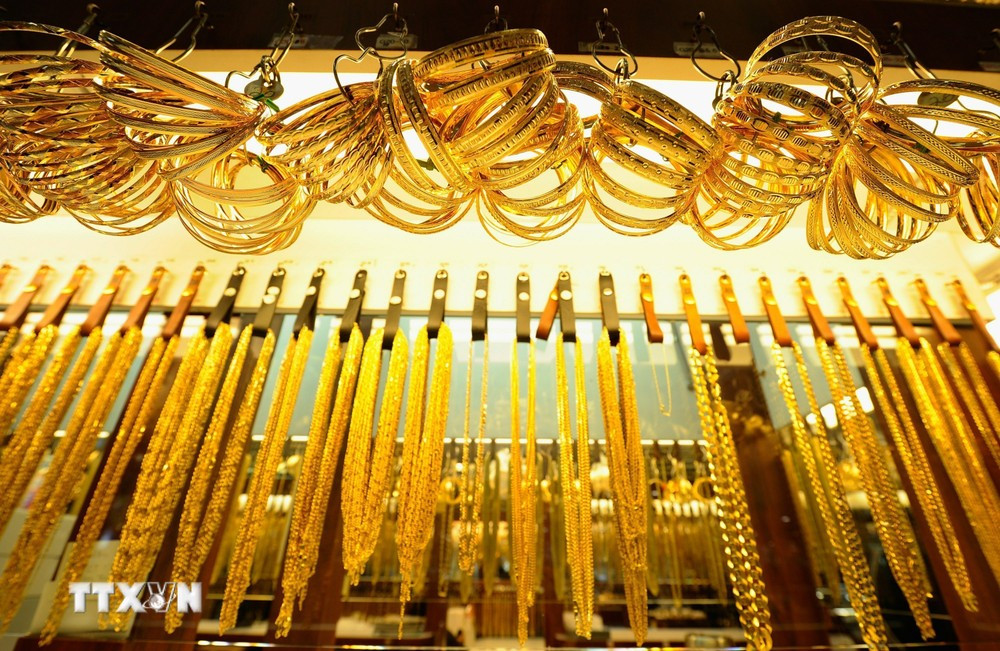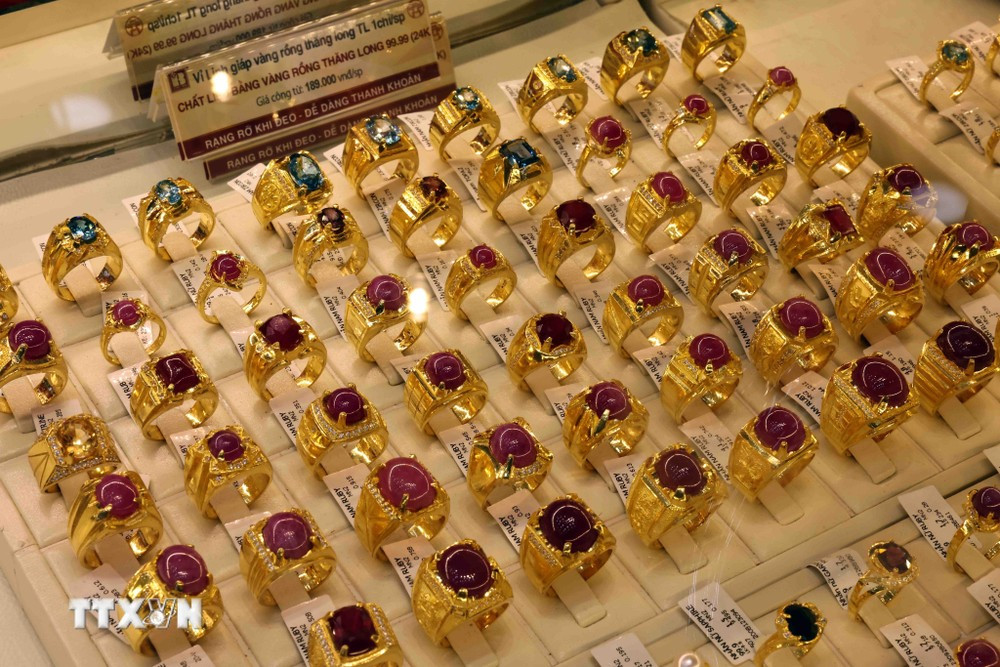Experienced analysts have given very different answers to the question of who or what drove gold to all-time highs.

Gold's surge to an all-time high seems easy to explain, given the uncertain geopolitical environment and gloomy outlook for the global economy.
The precious metal is known as a “safe haven” during times of uncertainty and the general view is that gold prices will rise as interest rates fall – something many investors expect to happen later this year.
But let's take a closer look to understand: Why is gold suddenly increasing in price at this time?
After trading fairly flat for several months, gold prices began to surge in early March 2024. The precious metal has since risen 14%, posting a string of record daily gains.
But geopolitical tensions around the world have been heating up for months, even years, and the outlook for when the Federal Reserve will cut interest rates has become murkier in recent weeks. So what has changed?
Industry leaders and seasoned analysts have come up with very different answers to the question of who or what drove gold to unprecedented highs.
Is it because central banks are worried about the role of the dollar as an economic weapon?
Are hedge funds betting on an imminent Fed rate cut? Are traders attracted to gold simply because of its rising price? Is it persistent inflation and fears of a hard landing in the US economy? Is it a weakening currency? Is there an upcoming US presidential election? Or is it all of the above?
This question has led industry insiders to explore the giant gold trading system that spans gold futures contracts and exchange-traded funds (ETFs) from New York (USA), Shanghai (China) to a giant decentralized trading center in London (UK) and a network of gold dealers around the world.
First, the answer is: central banks in particular, as well as large institutions and traders, are preparing for a period of monetary policy easing.
In addition, Chinese consumers, worried about falling returns from other assets and a depreciating domestic currency, also have high demand for gold.
But those groups of buyers have been a consistent force behind gold prices for months or years, and analysts are armed with more market data than ever before.
However, their answer to this question was very vague: It was that everyone was buying gold at the same time, no one in particular.

It is also puzzling that investors have not yet embraced ETFs, one of the easiest ways to buy gold. The steady outflows from gold-backed ETFs suggest that a large group of investors are missing out or cashing out.
“This is one of the strangest phenomena I’ve ever seen in the ETF space,” said Nate Geraci, president of the ETF Store. “What’s particularly interesting is that demand for gold is so strong across different channels.”
Taking profits from long-term investors who bought years ago is how Citigroup Inc. explains why ETF net flows have weakened significantly.
The fact that the steady and large outflows have not had a major impact on prices also shows strong demand for gold, according to Joe Cavatoni, overseer of the World Gold Council (WGC).
“There are other investors buying physical gold, so it has no impact,” he said in an interview. “Let’s see where this goes.”
In the larger futures and over-the-counter markets, trading activity is picking up, signaling that conventional institutional investors including central banks, investment banks, pension funds, and sovereign wealth funds are all participating.
Options activity is also picking up and there are expectations that gold prices could move higher still as options dealers quickly cover their risks.
The number of gold futures contracts outstanding in New York is rising, a sign that money managers are increasing their long bets.
But overall trading volume far exceeded open interest — indicating a surge in the popularity of day-trading algorithmic funds.
The gold market is notoriously sensitive to changes in US economic data and that has become even more true since gold prices spiked in early March.
Important economic reports on Mondays, Wednesdays, and Fridays provide information on the strength of manufacturing, employment, GDP, and inflation, and gold demand spikes after the most market-moving data provides positive news.
But that in itself has analysts puzzled, as recent data has turned negative for gold and investors in currency and bond markets are reacting by betting that the Fed's policy pivot will come later and be gentler than expected a few months ago.
In theory, that should be negative for gold because high interest rates reduce the appeal of gold relative to yield-bearing assets like bonds.
Investors are also pushing up the US dollar, making gold much more expensive for buyers in top consuming markets: China and India.
That’s the big question. The glaring flaw in the gold market story over the past five weeks is that while the Fed is still expected to start cutting rates this year — which would be positive for gold — many investors are actually less convinced about the timing of the rate cut than they were a few months ago.

One possibility is that some gold investors are instead focusing on the prospect of a “hard landing” in the US economy based on recent data and rushing to buy gold because of its role as a “safe haven.”
That idea could also explain another strange move in the gold market in recent weeks — the relationship between the spread between gold futures and spot prices and the Fed's interest rates.
Historically, that has only happened on a sustained basis when interest rates are low or about to fall sharply. The inversion of the spread could signal that nervous investors are calling for spot gold as a hedge against potential turmoil.
“Gold’s rally is defying expectations, especially as interest rates remain high,” said Ole Hansen, head of commodity strategy at Saxo Bank AS. “I think the narrative is shifting towards persistent inflation and a possible hard landing in the US, coupled with geopolitical uncertainty and deglobalization driving central bank demand globally.”
TN (Synthesis)